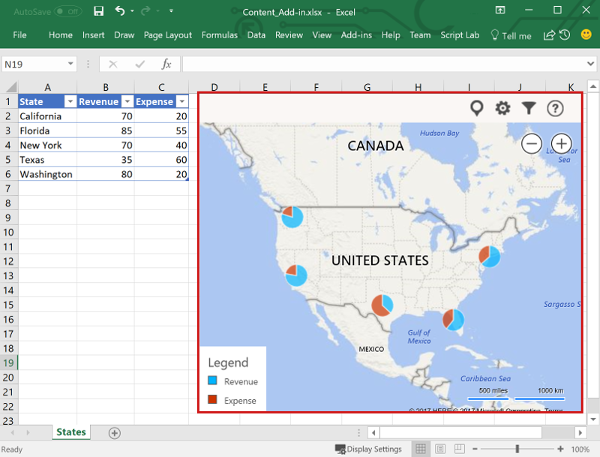

Once a query is set up, it lets you perform many repetitive tasks with just few clicks like generating charts, data summaries and reports for data visualization and decision making. In addition to bringing in the data from multiple sources, it lets you transform and reshape your data making your data handling tasks easier.
#MICROSOFT EXCEL ADD INS FROM MICROSOFT FOR FREE#
PowerPivot is provided by Microsoft with Excel 2013 for free and for earlier versions it is available for download from Microsoft Website.Īs the name suggests, Power Query is query driven add-in which supports data from external sources in variety of formats like csv files, databases including Oracle, SQL Server, Excel tables and data from URLs in the form of web pages. It lets you import data from variety of sources and allows combining them for further processing with addition of some new easy-to-use functions. PowerPivot supports data sources like Access, Oracle, SQL Server, Teradata, DB2, Sybase, Informix and even a simple text file. Although other enterprise BI tools such as SAS and Business Objects are available, but in the form of Excel add-in PowerPivot has made life easier for those business users who are familiar with Excel and do not want to switch to other tools for carrying out business intelligence tasks.Įxcel as such is able to handle data from external sources, but when it comes to establish relationship between the data obtained from these sources, it sometimes faces problems. PowerPivot lets you conduct powerful Business Intelligence (BI) on extremely large sets of data. Toolpak is also provided by Microsoft with Excel 2007 and later for free. After installation, Analysis Toolpak is available under Data → Analysis → Data Analysis.

Forecasting and Sampling options lets you draw conclusions out of the available data. It can be used to perform descriptive analysis and allows you to understand the behaviour of data by offering you various tests including correlation and regression. The ToolPak contains a number of powerful statistical tools which lets you analyze your data in greater detail.
#MICROSOFT EXCEL ADD INS FROM MICROSOFT INSTALL#
You have to install the Analysis Toolpak in order to use these functions. Solver is provided by Microsoft with Excel 2007 and later for free.Īnalysis Tookpak adds additional analysis functions such as statistics and engineering functions which are not available in Excel. Linear Programming Problems can be solved using Solver given some decision variables and constraints on these variables. Once Solver is added to Excel, it can be accessed from Data → Analysis → Solver. Solver uses techniques from Operations Research to find optimal solutions for problems involving decision making where the goal of the problem is to maximize or minimize some target value. It solves a problem by adjusting a number of input cells according to a set of criteria or constraints defined by user. Solver falls under the category of What-if Analysis tools which can solve problems by enabling a target cell to achieve some goal. Let us see some of these add-ins for data analysis, not in any particular order: If this option is not visible you may need to first install these add-ins by selecting Office Button → Excel Options → Add-Ins in Excel 2007 or File → Help → Options → Add-Ins in Excel 2010/2013, and clicking the Go button at the bottom of the window. A number of data analysis tools are accessible via Data → Analysis → Data Analysis. You can utilize any of the following Excel Add-ins based on your data and analytical requirements irrespective of whether you are a researcher, a student or a business man. There are various add-ins for Excel which makes your data analysis quite easy. Whenever I think of doing any computation or analysis, Excel comes to my mind first because of its varied functionalities. Excel bundles data manipulation features with statistical and mathematical functions which are utilized for qualitative analysis. Its user friendly interface and available help makes it one of the most acceptable tools around the world. Excel is widely accepted as a feature rich data analysis tool, sometimes also referred to as a number cruncher.


 0 kommentar(er)
0 kommentar(er)
